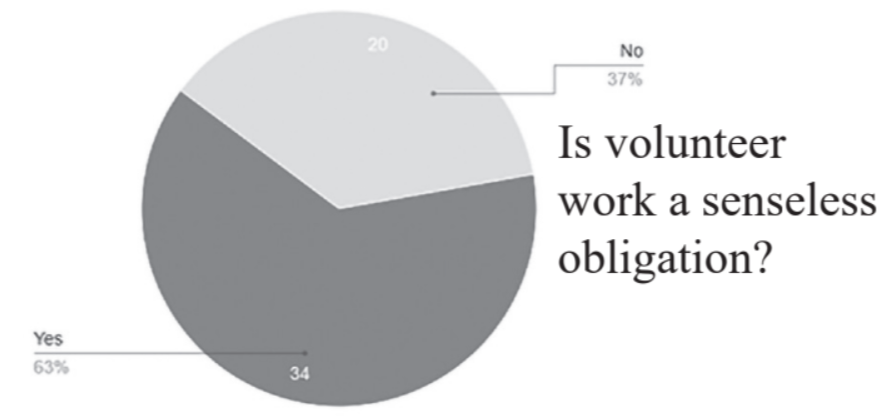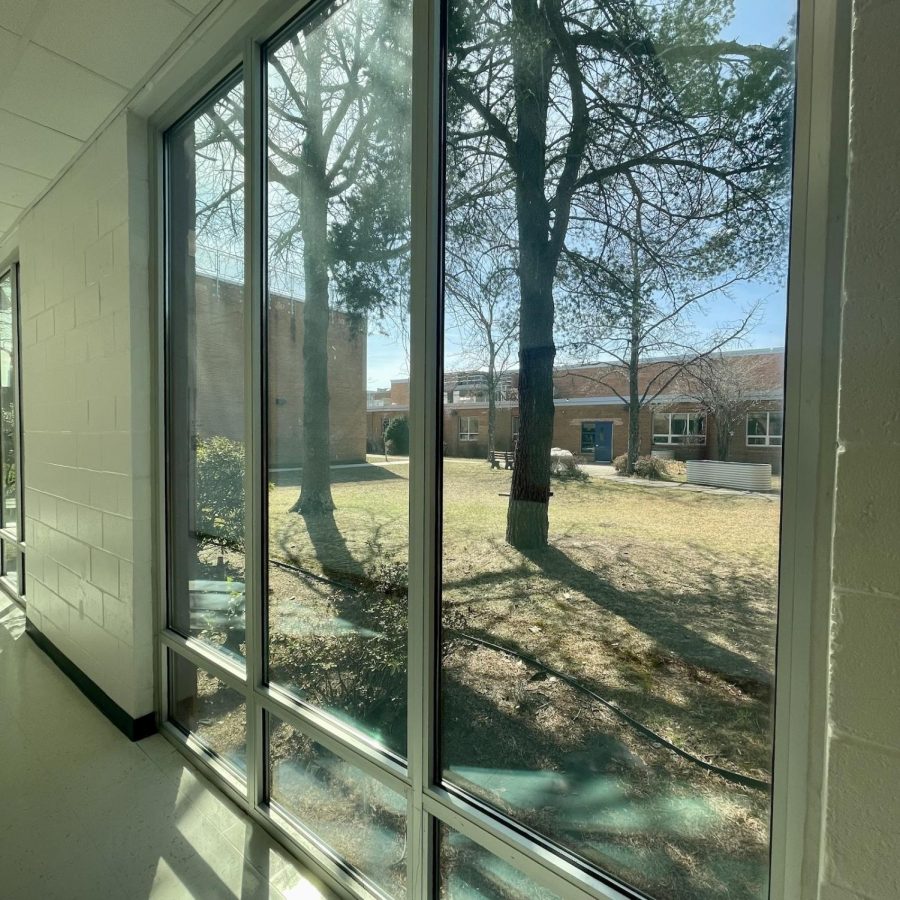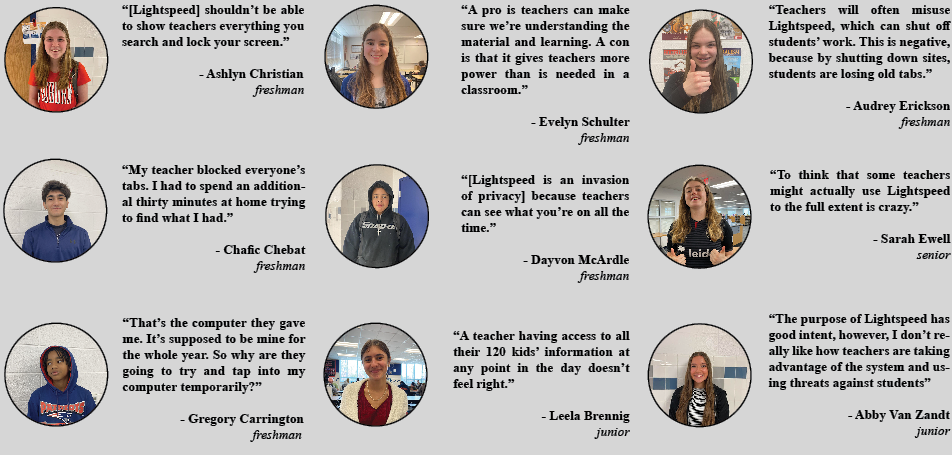
The common narrative surrounding high school students’ lives is one of exhaustion, excessive work, and existentialism. While the learning that takes place during high school is important, the creation of a four- day school week could help aid the stress that comes alongside it.
According to WS’s School Profile, just over 50% of juniors and seniors were enrolled in an AP class in the 2021-22 school year. Students also have the opportunity to participate in countless extracurriculars, including sports, honor societies, performing groups, and more. These rigorous classes and other obligations can easily fill up a student’s schedule, leaving little time for themselves.
A four-day week would attempt to aid this problem. Mondays (or Fridays) would be designated part of every weekend, with the remaining school days in the week having an extra 30 to 90 minutes added to comply with state standards. Another possible way to compensate for the lost day of instruction could be to designate it an “asynchronous” day instead, where students could ask teachers for help through online means and be encouraged to complete work. Clubs and extracurriculars could also meet on these days. Above all, this extra day would give students the opportunity to focus on their own needs, whether that’s getting more sleep, finishing homework, or asking a teacher to help with test corrections.
During the 2020-2021 school year, COVID-19 forced a new, virtual model of learning, which implemented this asynchronous day every Monday. Though persistent feelings of sadness and other mental health concerns increased among students during the pandemic, according to the Fairfax County Youth Survey, that asynchronous day gave students more time for a much-needed break.
High school is generally the first major source of stress in the average student’s life, and it’s experienced by developing young adults who are expected to complete the equivalent of a full workweek accompanied by homework and extracurriculars. While the high value of education is undeniable, the weight of always having to keep up with all these obligations can be detrimental to young students’ overall health.
According to the Fairfax County Youth Survey, 23.5% of students reported experiencing a high level of stress most or all of the time, while 50.1% reported feeling stressed a little or some of the time. With an extra day to themselves to fulfill and balance whatever obligations students have, the effects can be nothing but positive.
Although preparing students for life after they graduate is one of high school’s ultimate goals, it’s important to recognize that placing the same expectations on young students as one would a working adult is not realistic. In practice, high school should be a place where students are okay making mistakes while they experience a low-stress way to prepare for the expectations of college, work, or wherever else their future takes them. Though this may sound idealistic and not quite simple to accomplish, the establishment of the four- day week could work toward this idea.
The general sentiment that weekends are too short is expressed by people from the entrance into kindergarten and onwards. Though most students tend to realize the importance of education as they grow older, humans will always crave time to themselves. The key to finding the middle ground between these two ideas is perfecting the “work-life balance,” and that should start right in the school building in order to build the foundation for leading fulfilling lives after high school.












